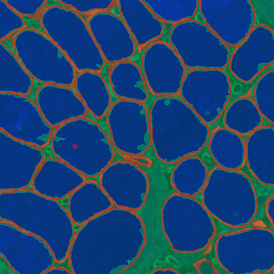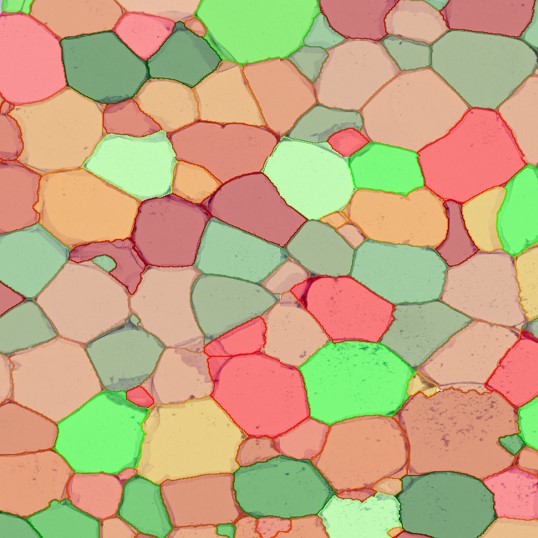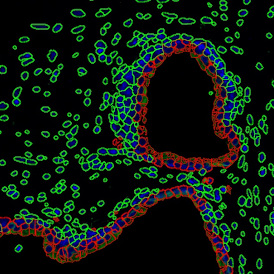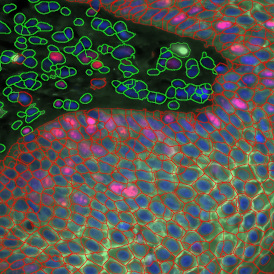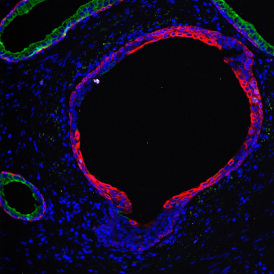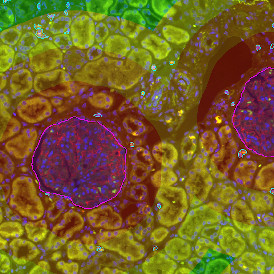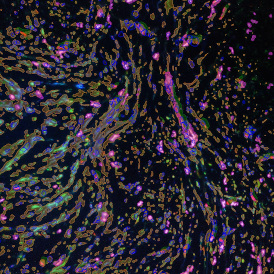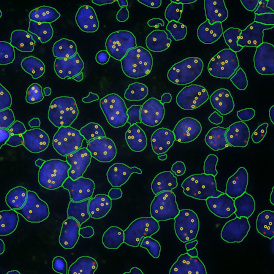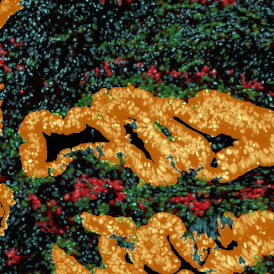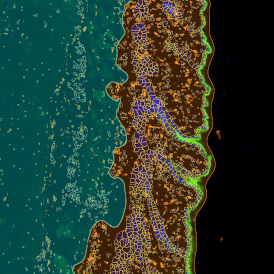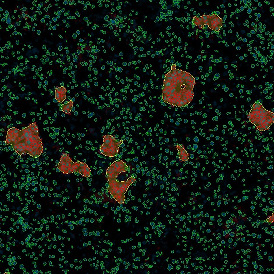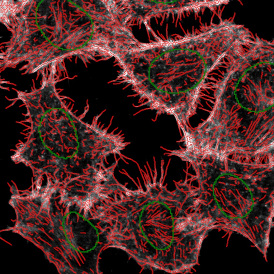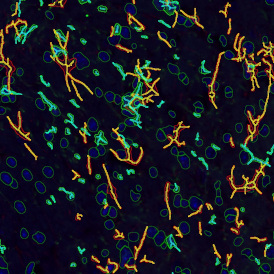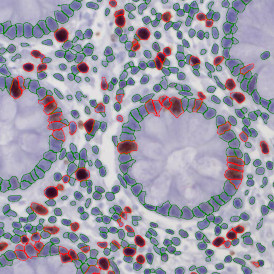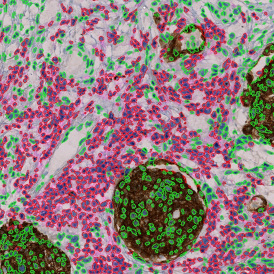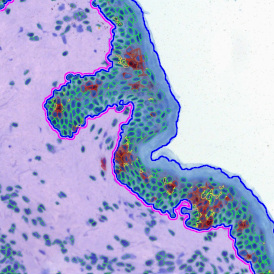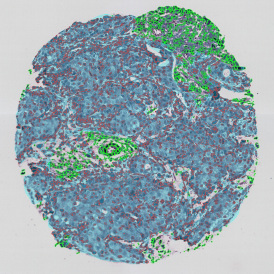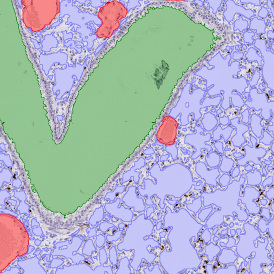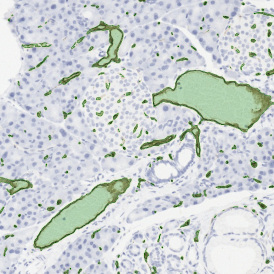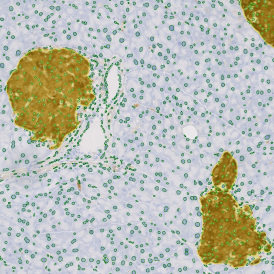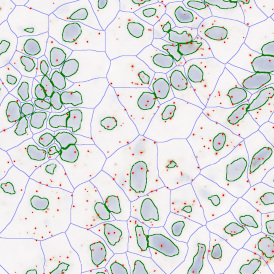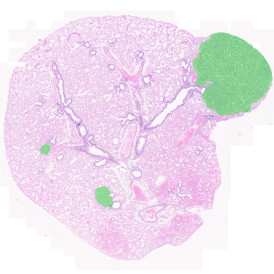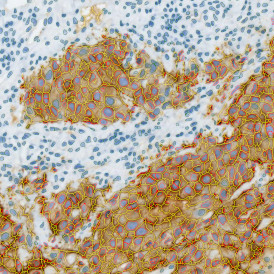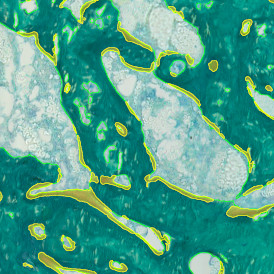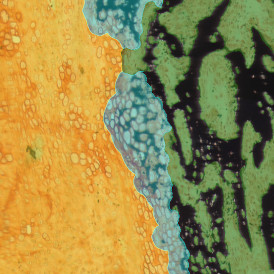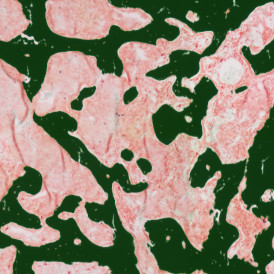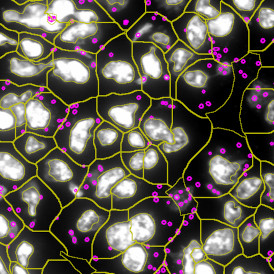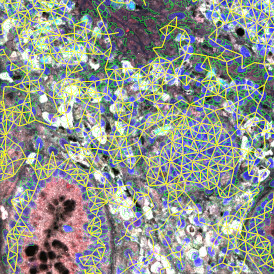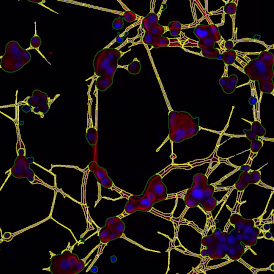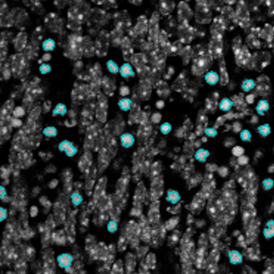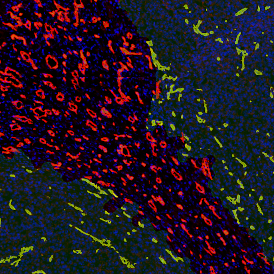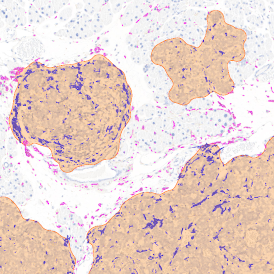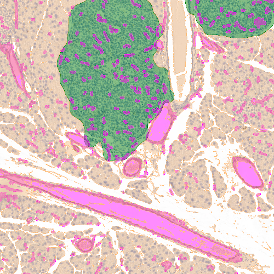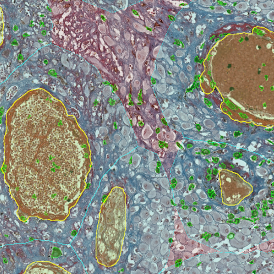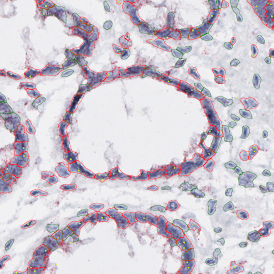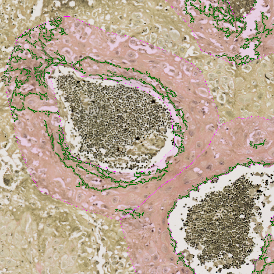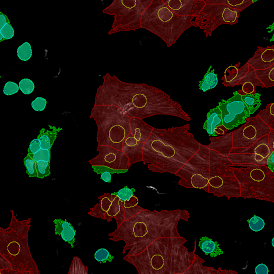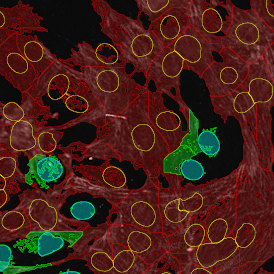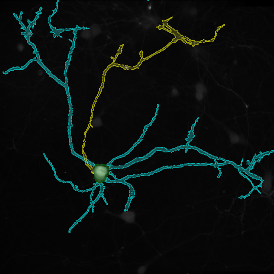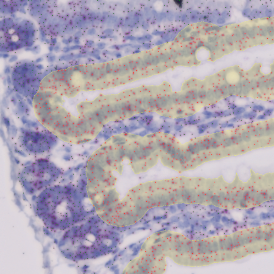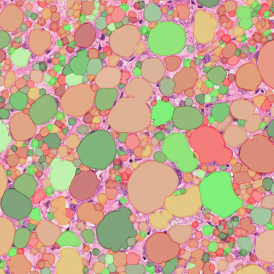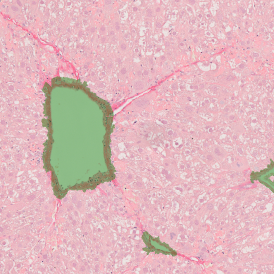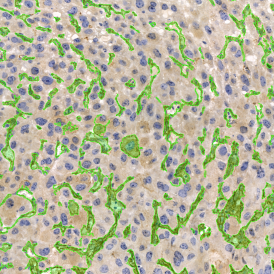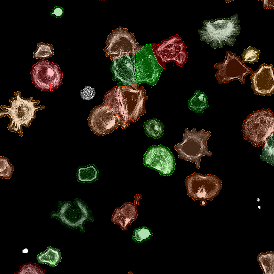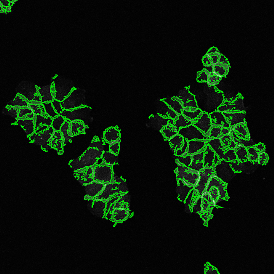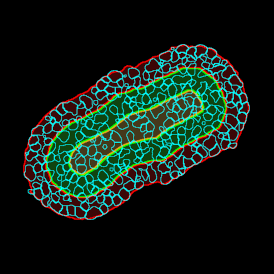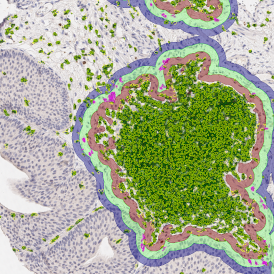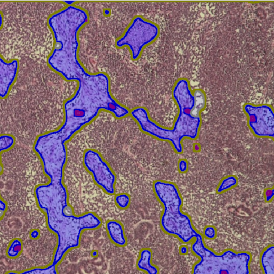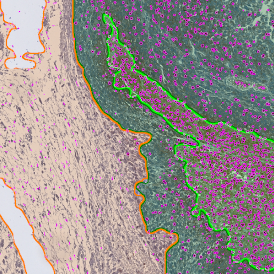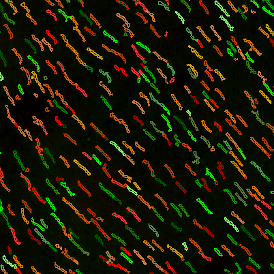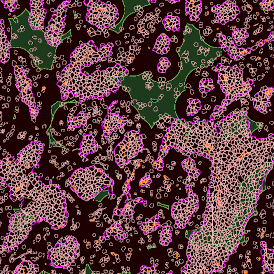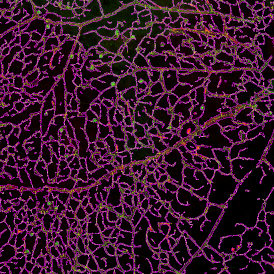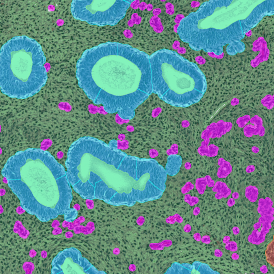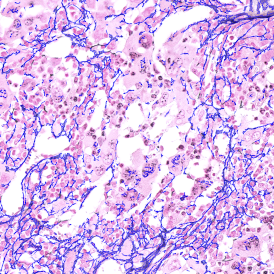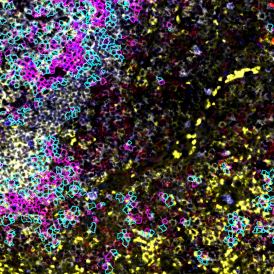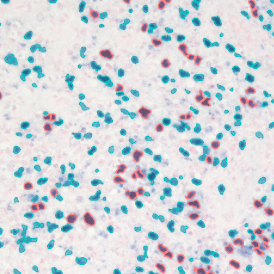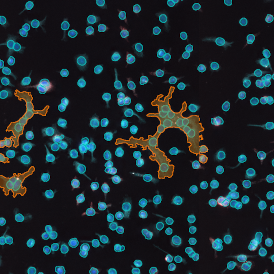25
MAR
25. March 2024
Understanding the Role of Artificial Intelligence in Imaging Cytometry
Artificial Intelligence (AI) has emerged as a transformative force in numerous disciplines. This includes imaging cytometry. By integrating AI with image cytometry, remarkable advancements have been made, particularly in automating the analysis of cellular and tissue images.
At TissueGnostics, we specialize in tissue cytometry solutions. AI has been instrumental in enhancing our offerings and products. With this blog, we intend to dive deeper into this field and provide more information about it, including the applications of AI in image cytometry, with a particular focus on nuclei segmentation and tissue detection, as utilized in our StrataQuest software.
Understanding Imaging Cytometry
Cytometry is used to gather more information about individual cells. This includes characteristics like their size, structures, and the proteins on their surfaces.
Cell-based assays can be made more efficient through cytometry-specific practices. Instead of using a hemocytometer that solely counts cells, the following techniques can be used:
Flow Cytometry
A flow cytometer can be used to learn about the specific characteristics of cells and cell cycles. This system utilizes a flow with the cells. It looks out for any fluorescence signals that may be emitted when the light is scattered based on cell size, complexity, and labeled components.
To differentiate cell populations in suspension, antibodies with fluorescent moieties are often used which target a specific protein of the cell, often called a biomarker, which can then be detected by a flow cytometer based on the emitted light. This information can then be used to detect and analyze specific cell populations.
High content can be derived from this technique, as flow cytometry can also undertake multiple analyses of a single cell, depending on what biomarkers are found.
Image Cytometry
Cell and tissue images are used by an image cytometer to understand the composition of single cells and cell populations. Imaging data, in relation to specific cells and their properties, can be acquired in brightfield or fluorescence modes. This is used in combination with an algorithm for image analysis to correctly detect the cells, cell nuclei and other intra- and extracellular components. Afterwards, scatterplots are created to differentiate the types of cell populations and select the phenotypes.
The key advantage of image or tissue cytometry over other techniques is the detection of cell phenotypes in their native intact environment and deciphering the spatial tissue-encrypted information.
AI-Driven Nuclei Segmentation
Nuclei segmentation is a critical process in cellular analysis. It involves the identification and isolation of nuclei from the surrounding cytoplasm and adjacent cells in tissue samples.
Traditionally, this task has been challenging because of the complexity of tissue structures and variability in staining methods. However, with the advent of AI, specifically deep learning algorithms, the accuracy and efficiency of nuclei segmentation have significantly improved.
AI algorithms in imaging cytometry, like those employed in StrataQuest, learn from vast datasets of annotated images. They identify patterns and morphological characteristics of nuclei, allowing for precise segmentation even in dense and heterogeneous tissue samples.
This capability is pivotal for accurate cell counting, morphometric analysis, and further immunohistochemical and molecular assessments.
Enhanced Tissue Detection
AI's role extends beyond nuclei segmentation to encompass tissue detection. Tissue detection involves the identification and classification of different tissue types within a sample, a task crucial for understanding tissue architecture and pathological states. AI algorithms enhance this process by allowing to mark structures and letting the system learn on the sample and output the result.
In StrataQuest, AI algorithms are trained on a tissue image, where the user marks several representative structures and trains the system. After it outputs the result, it is possible to correct it or to accept in further analysis. This aspect of AI is particularly beneficial in cancer research and diagnosis, where the accurate identification of tumor tissues and their microenvironment is essential.
The Advantages of AI in Image Cytometry
The integration of AI into imaging cytometry, as exemplified by TissueGnostics' StrataQuest, offers several advantages:
- Increased Accuracy: AI algorithms, through advanced learning mechanisms, provide more precise analysis than traditional manual methods.
- Efficiency: The automation of tasks, like nuclei segmentation and tissue detection, reduces the time required for sample analysis, facilitating high-throughput studies.
- Consistency: AI ensures consistent results, mitigating human error and variability in analysis.
- Advanced Data Analysis: AI can handle complex datasets, providing deeper insights into cellular and tissue morphology.
Implications for Biomedical Research and Clinical Diagnostics
The application of AI in image cytometry holds significant promise for advancing biomedical research and clinical diagnostics. In cancer research, accurate tissue analysis is crucial for understanding tumor biology since it is an important tool for the development of targeted therapies. Similarly, in clinical diagnostics, precise cellular analysis can lead to better disease characterization and treatment planning.
AI is Transforming the World of Imaging Cytometry
The integration of AI in image cytometry, particularly in applications like nuclei segmentation and tissue detection in TissueGnostics' StrataQuest, represents a major leap forward in biomedical research and clinical diagnostics.
As AI continues to evolve, its impact on imaging cytometry will likely expand, offering even more sophisticated analysis software and tools for scientists and healthcare professionals. AI can help unveil deeper insights into the complexities of human biology and diseases through its implementation in imaging cytometry.
Read our white paper on “The Diagnostic Potential of Imaging Cytometry” to learn more about this fascinating topic. Contact us today for more information.

